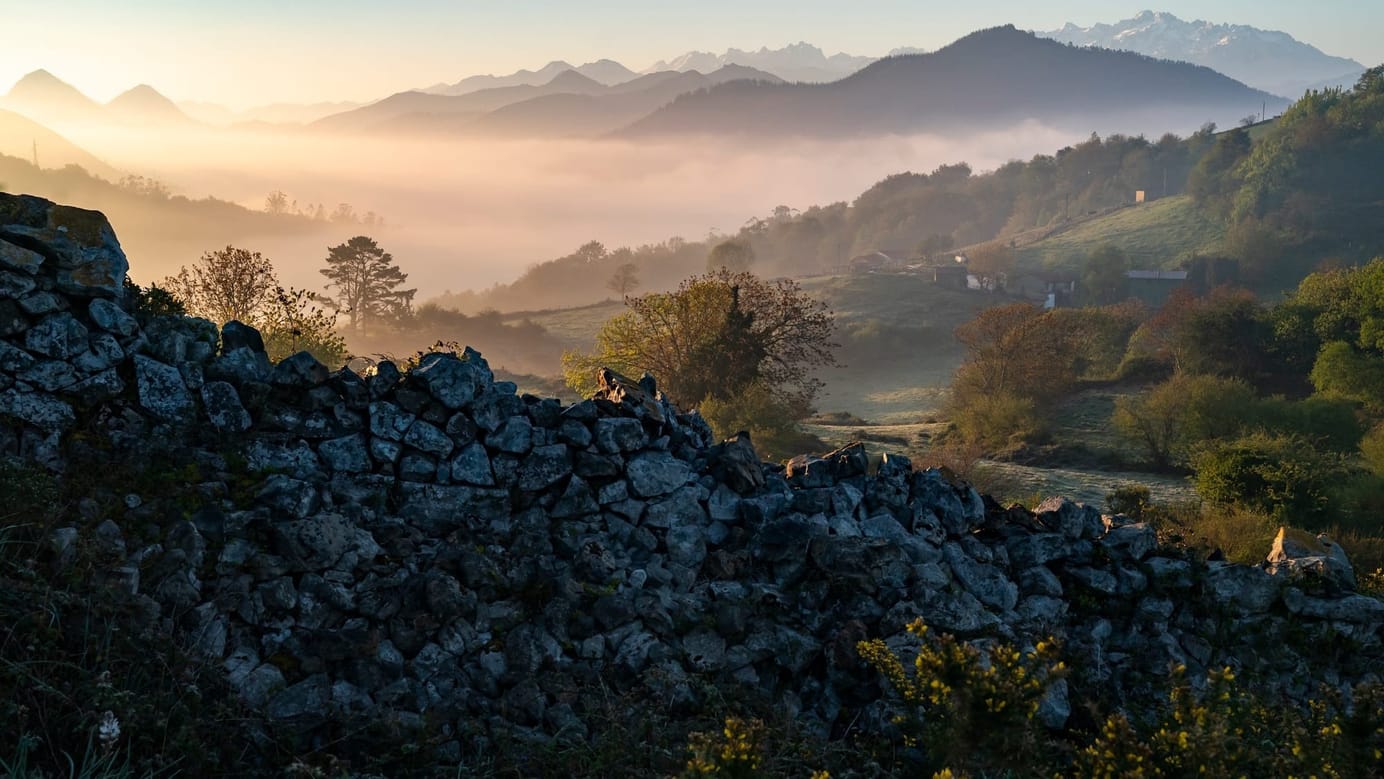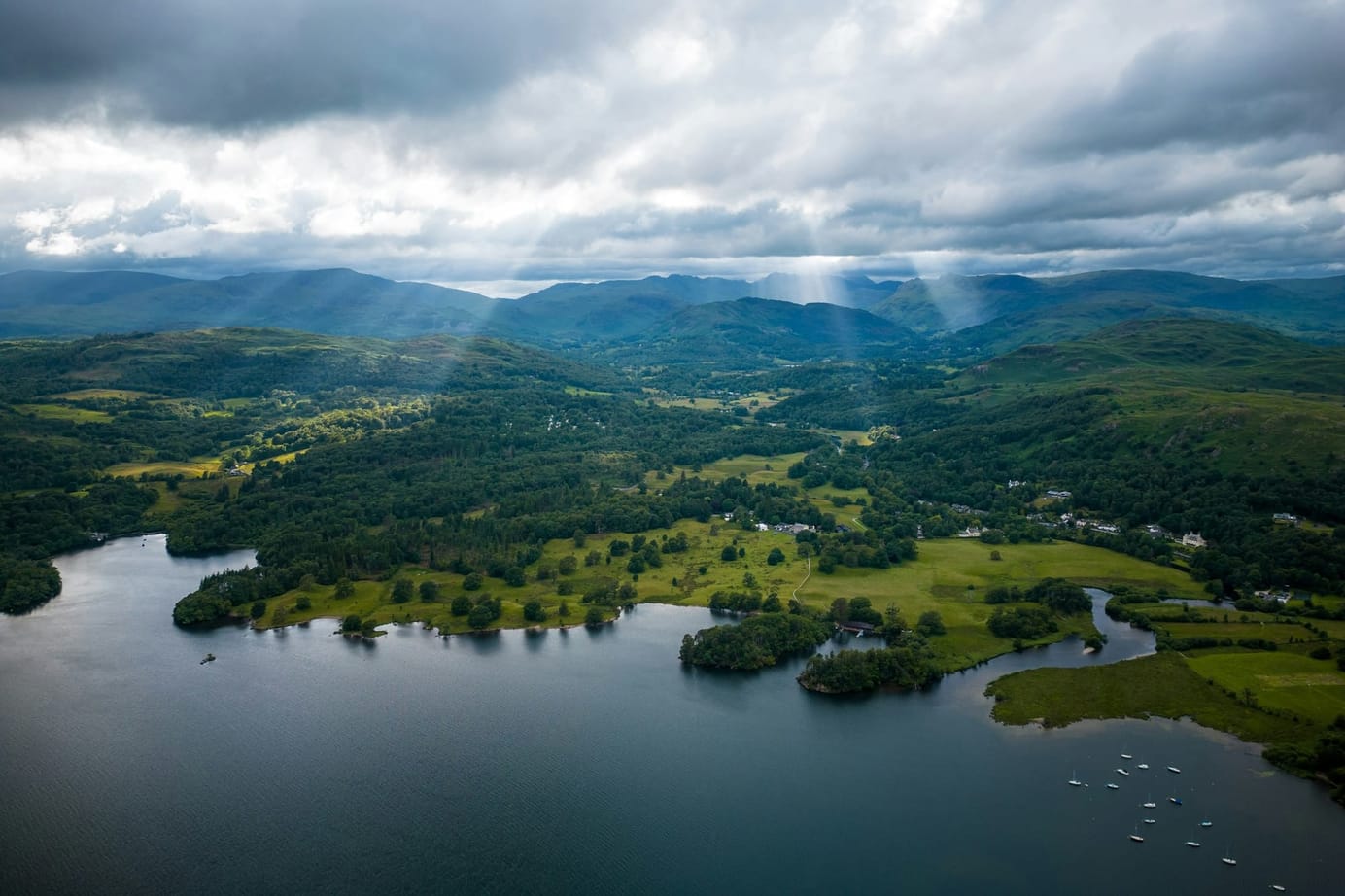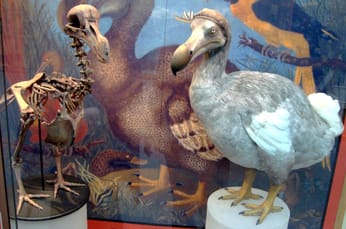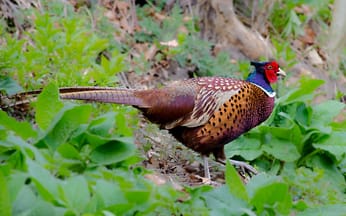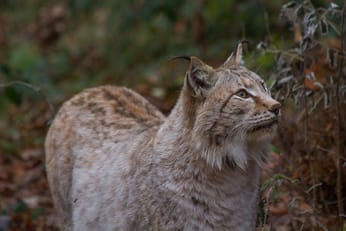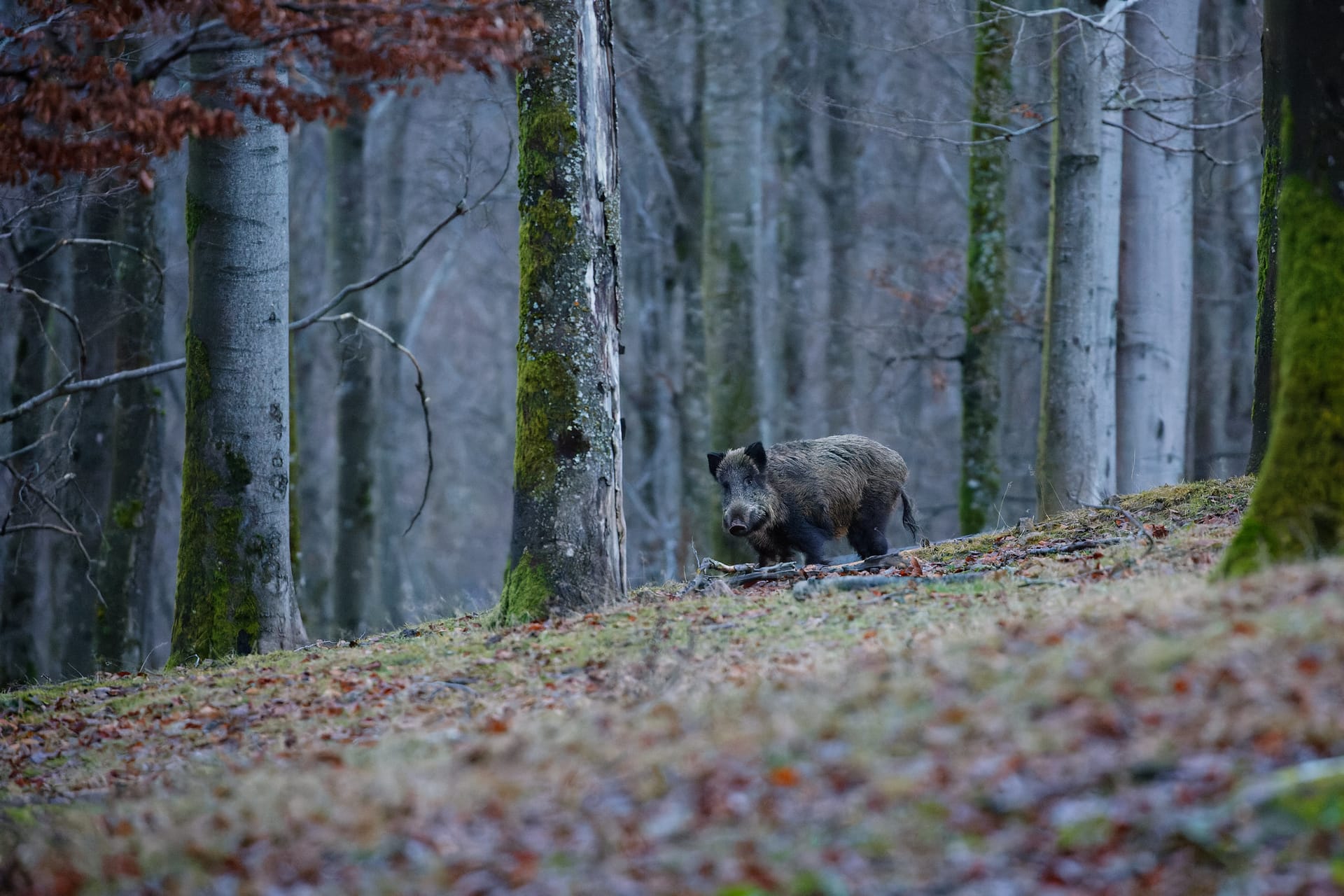
The return of danger
The return of wild boar carries a certain level of risk. It is worth it, argues Chantal Lyons.
This is an extract from Groundbreakers: The Return of Britain's Wild Boar by Chantal Lyons. Available from 1 February 2024. Buy it here – or wherever you normally get your books.
Rain comes at last in late August. Much of the land, turned kiln-dry, cannot absorb it.
The wallow is a different matter. My eyes widen at the sight of it. The deepest parts already cradle new puddles, enough to slake many thirsts. The hard ground all around, meanwhile, looks as if it hasn’t been rained on at all.
Although the water in the wallow eventually gave in to the assaults of multiple heatwaves, it offered a lifeline until that point. And even then, the wallow remained empty for less than two weeks. It is stark evidence that we need these acts of the boar. We need them now, and we’ll need them even more in the years to come.
At least the tide seems to be turning for beavers, now furnished with legal protections that campaigners could only dream of when their return first became apparent. Yet even for them, are attitudes changing fast enough? Why are we so resistant to bringing back the species we know we need?
I think it is because too many of us are trapped in the mindset that nothing matters more in life than eliminating all risk to it – even at the cost of happiness. Human progress has long been driven by risk. We fear the possibility of cold, of hunger, of fangs and claws. Farming bought us a surety that gathering and hunting couldn’t, or so we thought. We knew crops should grow where we sowed them, and the livestock were there for the killing.
Yet risk still prowled our borders, in the form of climate, weather, natural disasters, pests, disease, conflict, and the wild animals that had found no attraction in brokering a deal with us to become domesticated. Of those animals, we hunted the ones who preyed on our flocks, our crops or us, and we doomed many more as we reshaped entire landscapes to insure against anything beyond our foresight or control. Deliberately and unwittingly, we whittled away the wild.
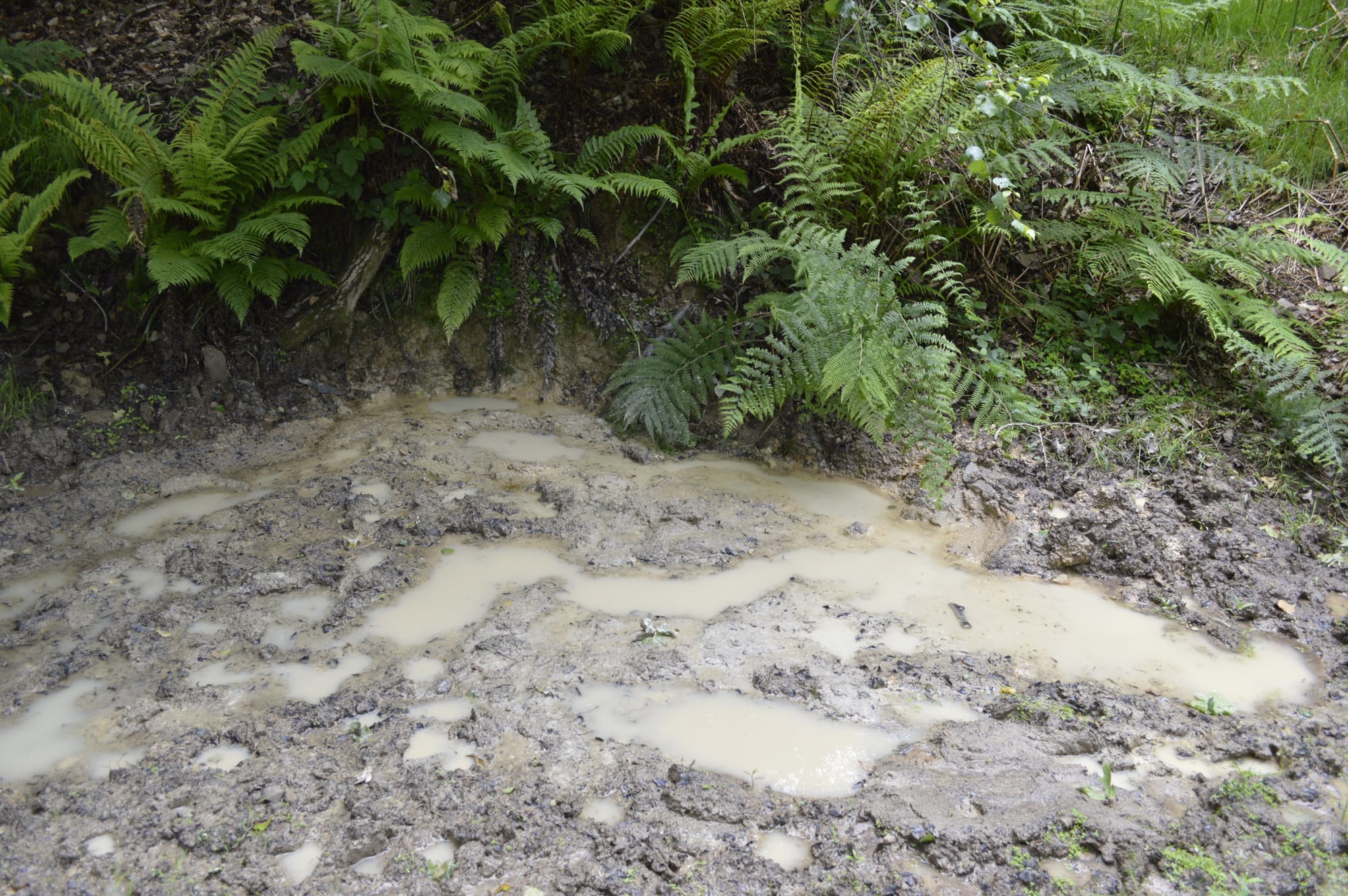
In few places have we been as successful in this as in Britain. We are among the most nature-deprived of nations, and we are still letting the haemorrhaging go on, other lives pouring into oblivion like the water of the Forest of Dean vanishing into its abandoned mines.
We’re still living in a fantasy that we can have whatever we want, and as much of it as we want, and nature will continue to provide. But the Faustian mechanics of our modern world are beginning to show through, like bones under shrivelling flesh.
Energy can’t be destroyed, it can only be transferred – the supreme law of the universe. Why would risk be any different? Every mouthful of food we’ve grown using fossil-fuel fertilisers, pesticides, deforestation and soil loss has been snatched from our descendants. Every molecule of carbon dioxide we’ve added to our atmosphere is another mark in a planetary loan shark’s book. And now the debt is coming to collect itself.
But no one is thinking all this if they lock eyes with a wild boar and feel afraid.
I’ve suggested reasons some people in Britain fear for their lives when they meet a boar, while others don’t. But perhaps the most essential one is this: the boar remind us that we are, like them, animals. That we are bodies capable of pain and death.
‘We live behind a hidden membrane through which – at any moment – one of us may tumble to find ourselves on the other side,’ Melanie Challenger writes in How to Be Animal. ‘We face the truth of what we are … a creature of organic substance and electricity that can be eaten, injured and dissipated.’
But there’s an elephant in the room here. Or call it a bear. Or a leopard. Or a snake. Because across much of the planet, humans have never stopped living with the risk of wild animals.
In Britain we donate money to fund the salaries and guns of rangers abroad to protect those animals. We rise in social media uproar when a radio-collared lion is shot by a trophy hunter in Zimbabwe. Even the United States, hardly a paragon of environmental stewardship in many respects, has managed to retain (or regain) a gamut of big and powerful species: cougar, moose, bison, wolf, black bear, grizzly bear, polar bear. Even if wild boar were native to the USA rather than an invasive species, I can’t imagine many would rationally place them in that list. Like so many other species, a boar can physically hurt us – but there is a yawning gulf between can and will.
I don’t presume to know what it’s like to live your life knowing there’s a reasonable chance you might encounter an animal that might kill you. But I do assume that living such a life requires mental armour, of the kind that we in Britain have lost. As if our minds possess a shadow-immune system, and when confronted with something unfamiliar like a wild boar, it goes into overdrive as it tries to protect us.
Yet learning to coexist with wild boar isn’t as simple as waiting a certain number of years for them to become more familiar. In the Dean, there are people who remain afraid, either for themselves or for their home. I know of one person who loved the boar when we first met in 2014, yet has since changed her mind and moved away. She began to feel that the boar were restricting where she could feel safe walking her dog, which played a part in her decision to leave.
But a lack of negative experience can be just as powerful. Rose, who invited me into her terror-soaked memories, who said she feared being eaten by them if she broke her leg and couldn’t get away, now feels … okay. ‘I’ve had so many close encounters, and I always scream at them to make them move on, and they do. So now I don’t think they would attack me,’ she says as we sit in the house that I first sat in eight years ago. She still wants the boar gone, for the sake of the forest and other people. All the same, she’s given me hope.
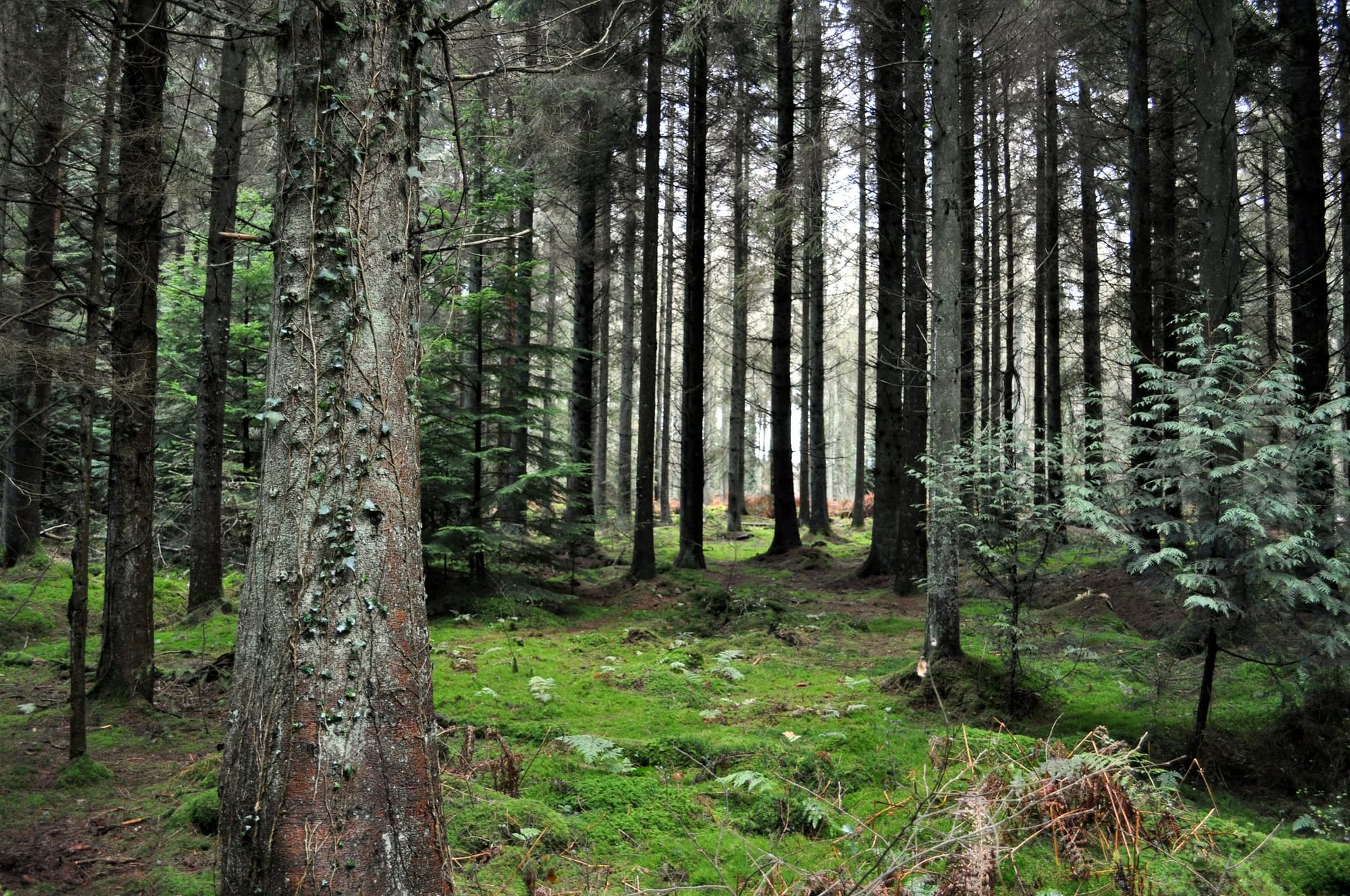
We should also take heart from the fact that boar have now been back in Great Britain for over 30 years, and in all that time there have only been two apparently intentional attacks on humans – the dog walker who had the pad of his fingertip bitten off in the Forest of Dean in 2018, and another dog walker in Argyll in 2022 (who clutched on to her dog’s lead, putting herself in the sow’s path and ending up with a bad bruise on her thigh). When I interviewed Dean residents in 2014, nearly all of the so-called anti-boar people said, ‘It’s only a matter of time before a child gets hurt.’
Anything is only a matter of time. In 2013, American researcher John Mayer collated records of wild boar attacks globally. Between 2000 and 2012 there were 288 in total, averaging out to 24 per year, with a quarter of these occurring in the USA. In spite of a rapidly growing boar population, Europe’s share of attacks remains tiny. There appears to be only one report of a child being injured, in Spain in 2022.
These are good numbers, when set against the ecological and cultural importance of wild boar in their native range. Society has always made tacit agreements about the acceptability of certain risks. In the UK, pet dogs kill an average of three people per year. That rate increased in 2022, with four children among the victims. But we choose to allow the keeping of dogs anyway. Their usefulness is immediately obvious. Wild boar, less so. But the fact remains that the physical risk boar pose to us is minuscule.
Yet, even if more and more people in the Dean learn not to be afraid of the boar, to find their own ways of negotiating a newly shared home, this should not be mistaken for acceptance. ‘We shouldn’t have been subjected to having to overcome our fears,’ Rose insists.
Various psychology studies have found that people can far better tolerate risks that they’ve chosen to bear. Conversely, they’re likely to rail against a risk if they feel it has been imposed on them by individuals or groups who hold power over them. While Forestry England had nothing to do with the releases in the Forest of Dean, over and over I’ve heard the phrase, ‘We weren’t consulted’. Because Forestry England has permitted the boar to remain, the agency is seen as culpable in their existence.
A sense of unfairness also pervades, one that goes beyond the absence of financial compensation for damage such as broken fences and rooted pasture. Quiet tribes of boar may be rummaging through a few other parts of the country, but the Dean is the only place where they visibly live cheek by jowl with a notable number of people. The obvious answer to that?
Bring back boar to as many parts of the country as possible.
It’s a hard sell, far harder than cuddly beavers or the demure, neither-seen-nor-heard lynx. It will require spending money, ceding space, and the mental effort of changing how we behave outdoors. We’re not used to feeling afraid of wild animals. Neither are we used to imposing limits on ourselves for the benefit of wildlife. This is why people are inclined to react with outrage when certain ‘normal’ behaviours are questioned – ones like eating meat every day, or letting a dog run loose in a nature reserve, or releasing masses of pheasants for easier shooting.
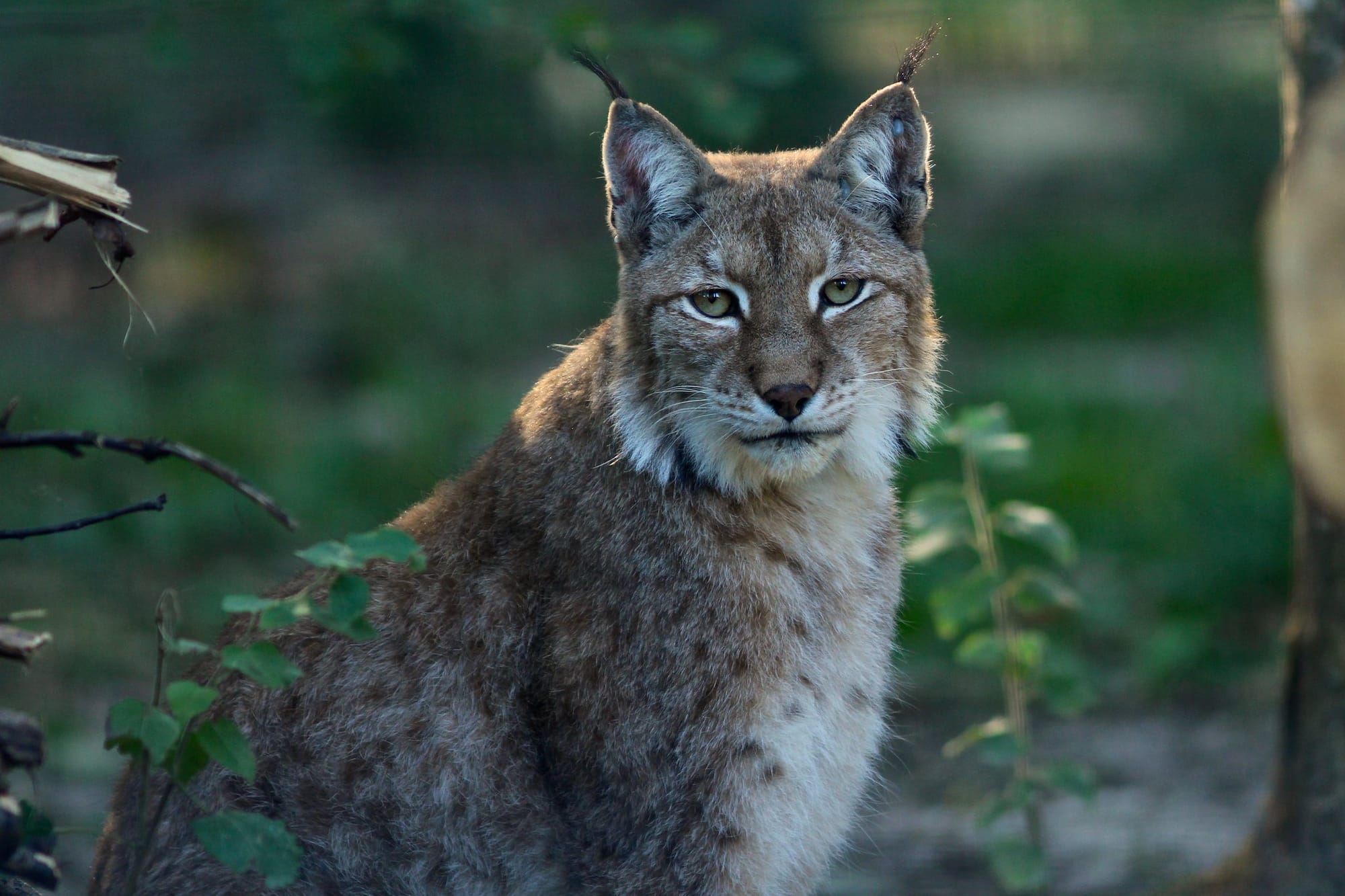
Other concerns around the return of wild boar are more understandable, chief among them the risks to arable farming and to motorists. We would undoubtedly see some crop damage, which entails the need for compensation schemes. As farmers, conservationists and policymakers look to how we can redesign British food and farming systems to be more sustainable and to make ourselves healthier, there is surely space for us to consider the needs of other species.
As for road traffic accidents – some people would, undoubtedly, die. France’s 2-million-strong population of boar is reportedly involved in 30,000 collisions with cars per year. But the risk of injury or death drops in parallel with speed.
This is not to pre-victim-blame. It is instead to point out that we can make adjustments to better fit into the world. We cannot design Britain’s entire future around high speed limits for cars. We cannot keep insisting that we will not change a single facet of our lifestyles to accommodate wildlife and healthier ecosystems. There is something that disquiets me about the way we expect people in other countries to coexist with troublesome species, while we refuse to. Do we consider ourselves too fragile? Dare I say, too civilised?
I believe some of us embrace the wild boar because we’re aware that we need to experience fear of the wild. In human medicine, a growing pool of research is revealing that some of the essential healing and maintenance mechanisms in our bodies can only be activated by exercise or brief periods of hunger. Would it be so surprising if how we think and feel were affected by similar principles?
We don’t need animals to run in sheer terror from. But we do need a space in our minds for the unknown – or that which can only be known through other, different beings. As Jay Griffiths argues in Why Rebel, ‘To be happy, the senses need to be stimulated and, through animals, our senses grow: we can extend ourselves out through their senses into sensory worlds of unquenchable richness.’
Subscribe to our newsletter
Members receive our premium weekly digest of nature news from across Britain.
Comments
Sign in or become a Inkcap Journal member to join the conversation.
Just enter your email below to get a log in link.

